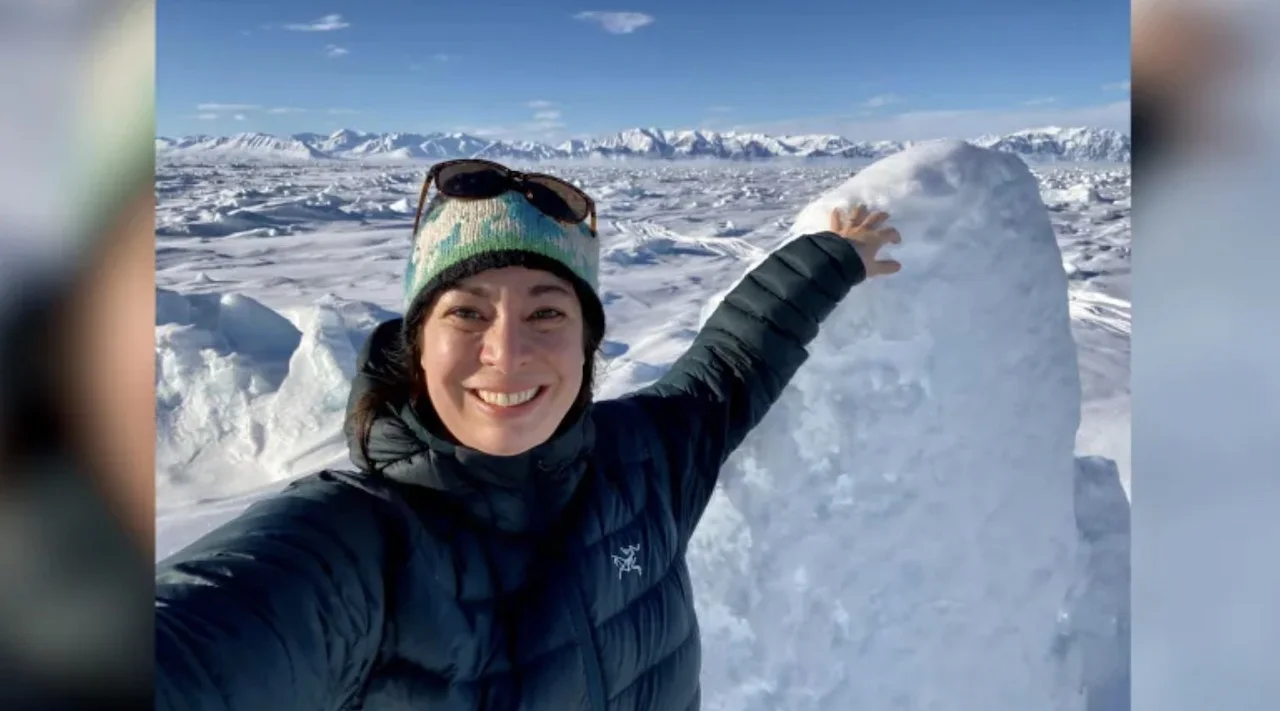
Woman gathers Arctic sea salts that have 'a very intense, clean taste'
There's regular old table salt, and then there's High Arctic sea salt.
Big difference.
Just ask Shelly Elverum.
"It's a lot saltier than table salt," she said to CBC via Facebook messenger.
SEE ALSO: Here's what would happen if all the ice in the Arctic melted
Elverum grew up in the North and has been living in Pond Inlet, Nunavut for 20 years.
She says she has spent years learning from Inuit and was inspired to use sea water to gather her own salt.
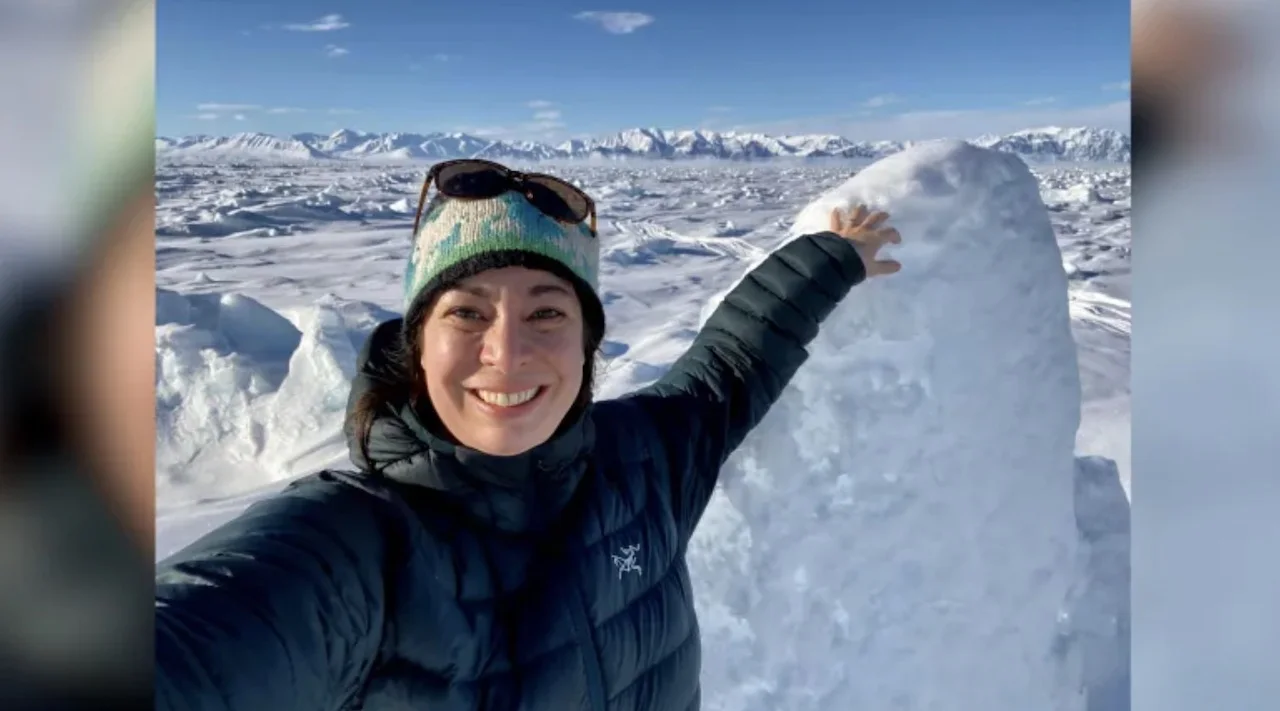
Shelly Elverum enjoying the magnificent vew on the sea ice. (Submitted by Shelly Elverum)
"I had always heard from Inuit about using sea water to make boiled seal meat," she said.
Elverum is an anthropologist who is enamoured with Inuit traditional knowledge.
She says learning from that knowledge and combining it with science led her to the shores of Pond Inlet with her daughter Naya in search of sea salts.
"The sea ice takes more of the H2O and concentrates the salt. But the key is to collect the sea water before the melt happens, as both the meltwater and sunlight starting the algae bloom changes the taste," she said.
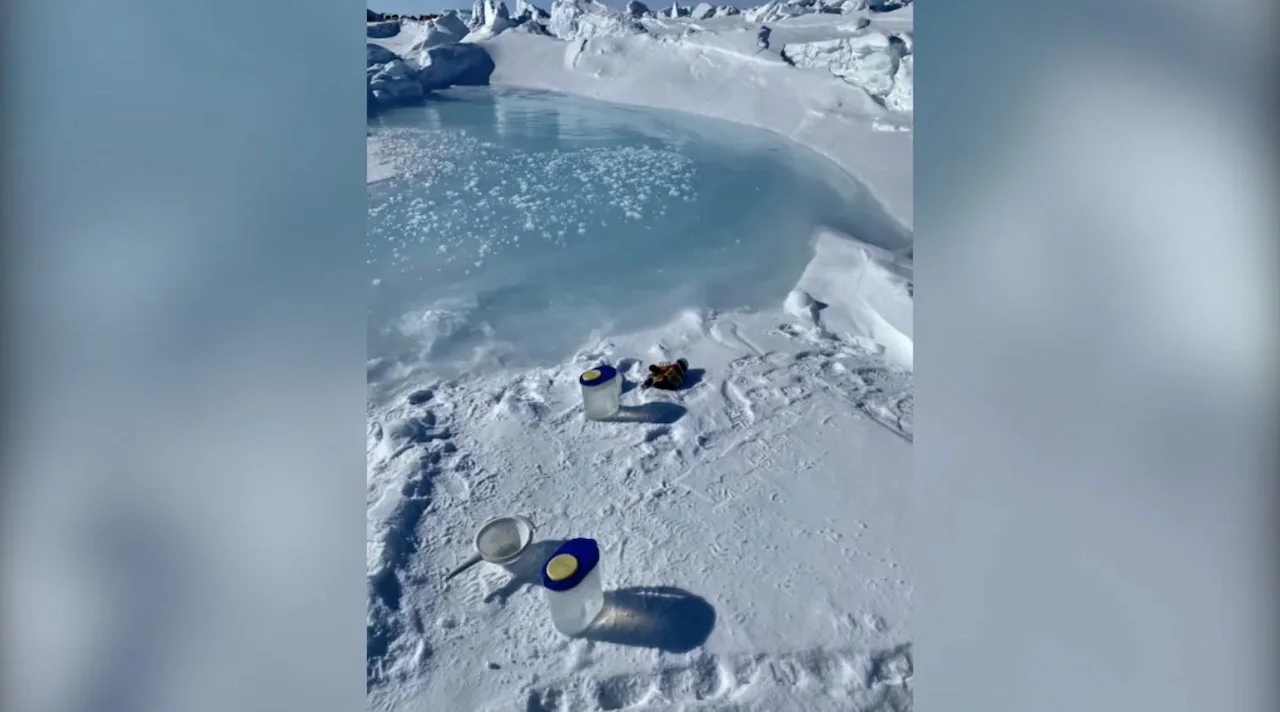
Shelly Elverum says two litres of water results in about 115 grams of salt. (Submitted by Shelly Elverum)
Elverum says she collects the sea water that comes up through the cracks during high tide.
Then she takes it home and boils it.
"I put it on a full boil until the water becomes milky white, then reduce the heat to a simmer, scraping the bottom occasionally."
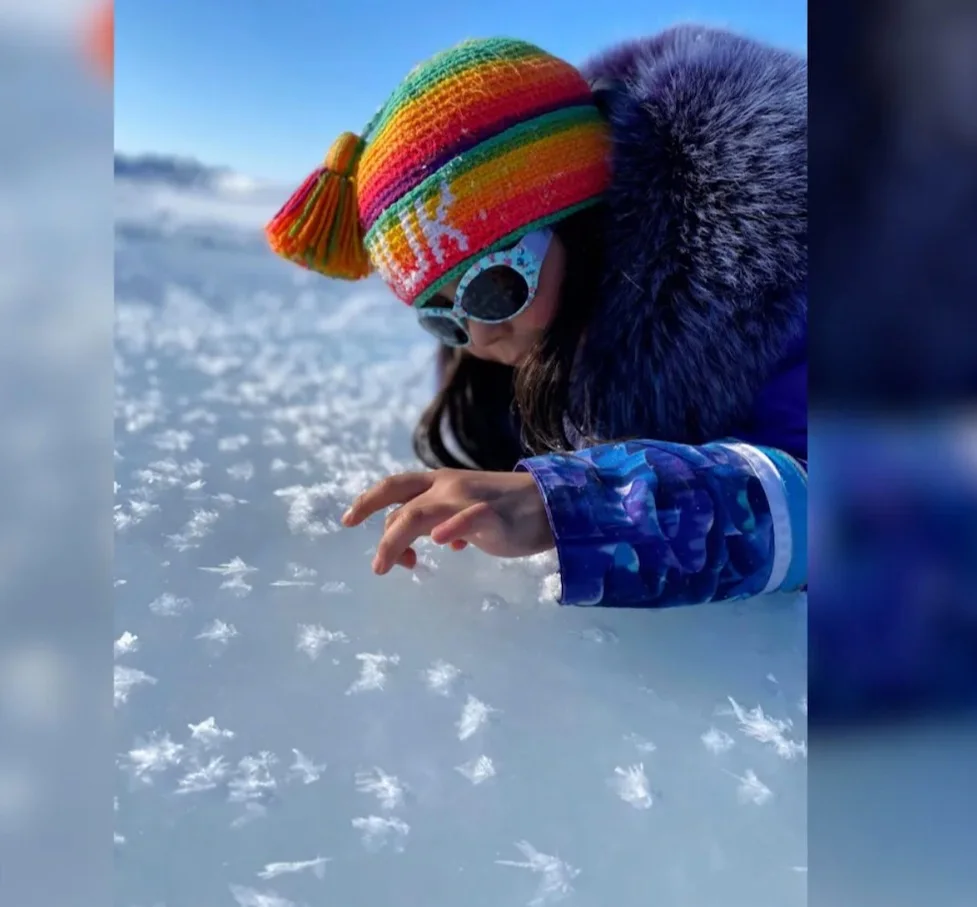
Elverum says her adopted Inuk daughter Naya loves to join her when she gathers salt water. (Submitted by Shelly Elverum)
Elverum says once crystals start forming, she turns down the heat as low as it will go until it's almost completely evaporated.
"Then I scoop the crystals onto a plate and let them continue drying in the sun," she added.
The result compared to table salt is night and day.
"Larger crystals with a very intense, clean, salty taste," she said.
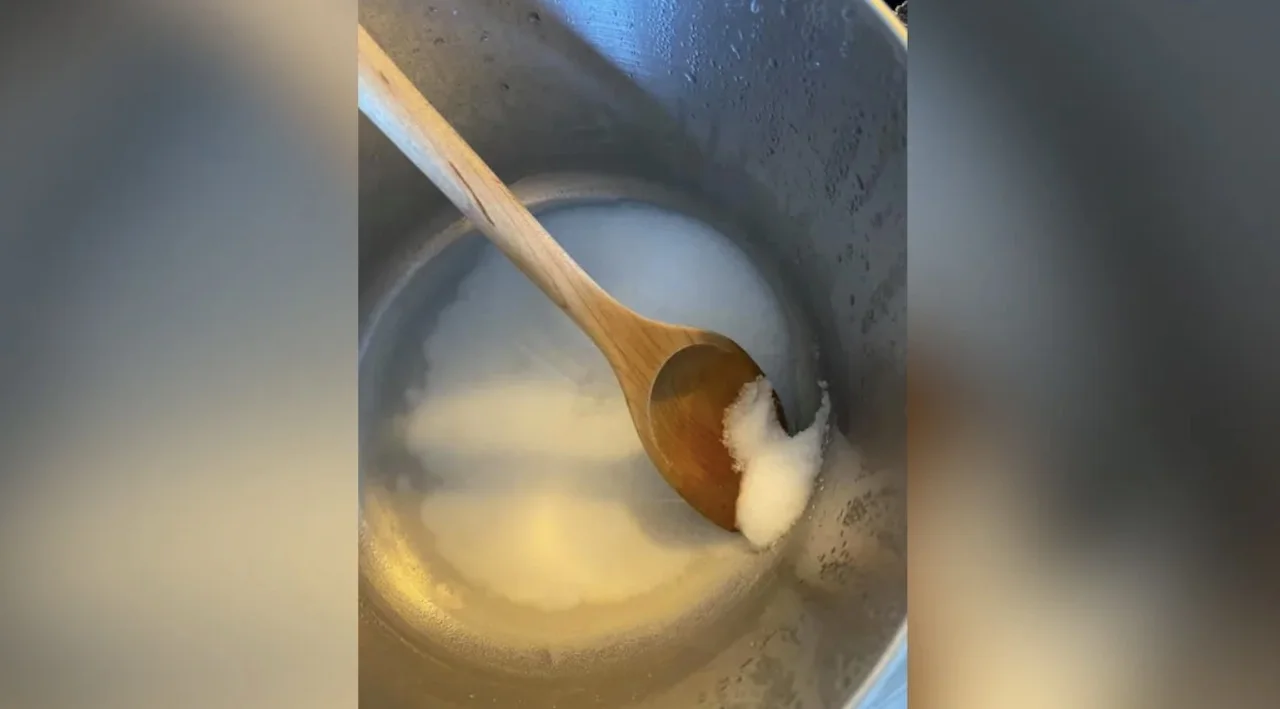
'Once crystals start forming, I put it as low as the heat will go until most of the water has evaporated,' said Elverum. (Submitted by Shelly Elverum)
Elverum says she uses the salt to make bread and to season any food that comes from the ocean.
This year Elverum gathered a Mason jar's worth of salt and says she's only cracking it open for those special meals.
"I hoard it to make sure it lasts until next salt season, and only break it out for food that deserves hand-gathered salt!" she said.
Thumbnail courtesy of Shelly Elverum.
The story was written by Jay Legere, originally published on CBC.ca.





